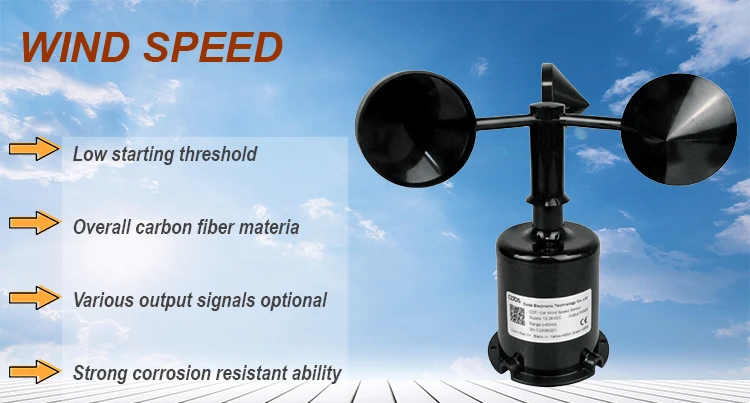
# Wind Direction Measurement Instrument
## Understanding Wind Direction Measurement
Wind direction is a crucial meteorological parameter that affects various aspects of our lives, from aviation to agriculture. Measuring wind direction accurately requires specialized instruments designed to detect and record the direction from which wind originates.
## Types of Wind Direction Measurement Instruments
### 1. Wind Vanes
The most traditional instrument for measuring wind direction is the wind vane. This simple yet effective device consists of an arrow-shaped pointer that rotates freely on a vertical axis. The arrow always points into the wind, indicating the wind’s direction.
### 2. Anemometers with Direction Sensors
Modern anemometers often combine wind speed and direction measurement capabilities. These instruments typically use electronic sensors to detect wind direction with high precision.
### 3. Sonic Anemometers
Sonic anemometers measure wind direction by analyzing how sound waves are affected by wind movement. These devices provide highly accurate measurements without moving parts.
## How Wind Direction Instruments Work
Wind direction measurement instruments operate on different principles:
– Mechanical vanes respond physically to wind pressure
– Electronic sensors detect changes in resistance or capacitance
– Ultrasonic systems measure time-of-flight differences
– Potentiometers convert angular position to electrical signals
## Applications of Wind Direction Data
Accurate wind direction measurement is essential for:
– Weather forecasting and climate studies
– Aviation and maritime operations
– Wind energy production
– Agricultural planning
– Pollution dispersion modeling
## Choosing the Right Instrument
When selecting a wind direction measurement instrument, consider:
– Required accuracy and resolution
– Environmental conditions
– Maintenance requirements
– Data recording capabilities
– Power supply options
## Maintenance and Calibration
Regular maintenance ensures accurate measurements:
– Keep moving parts clean and lubricated
– Check for physical damage or wear
– Verify alignment with true north
– Perform periodic calibration checks
## Future Developments
Emerging technologies in wind direction measurement include:
– Advanced digital signal processing
– Miniaturized MEMS sensors
– Wireless sensor networks
– Integration with IoT platforms
Accurate wind direction measurement remains fundamental to understanding and predicting weather patterns, optimizing renewable energy production, and ensuring safety in various industries. Choosing the right instrument and maintaining it properly ensures reliable data for critical decision-making processes.
Keyword: instrument measure wind direction